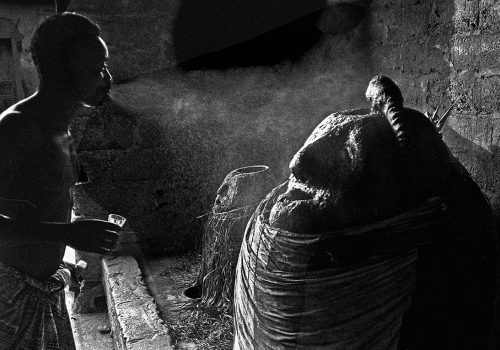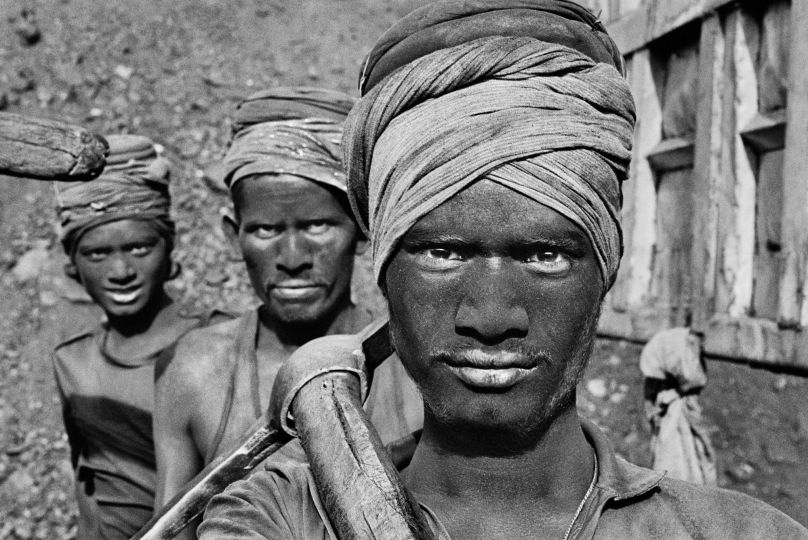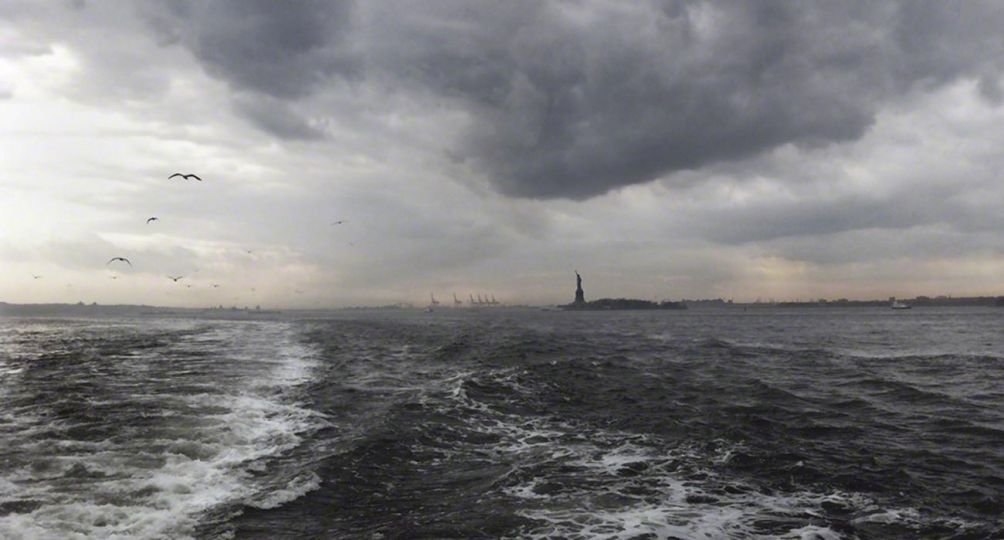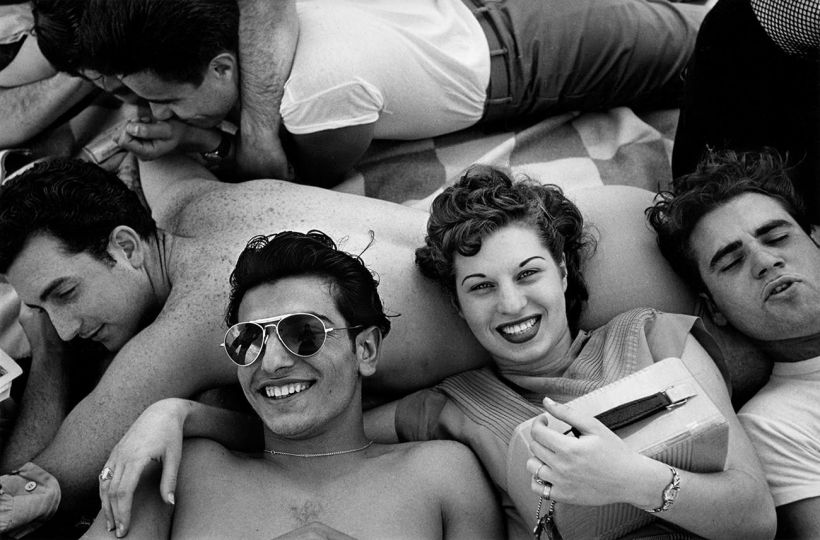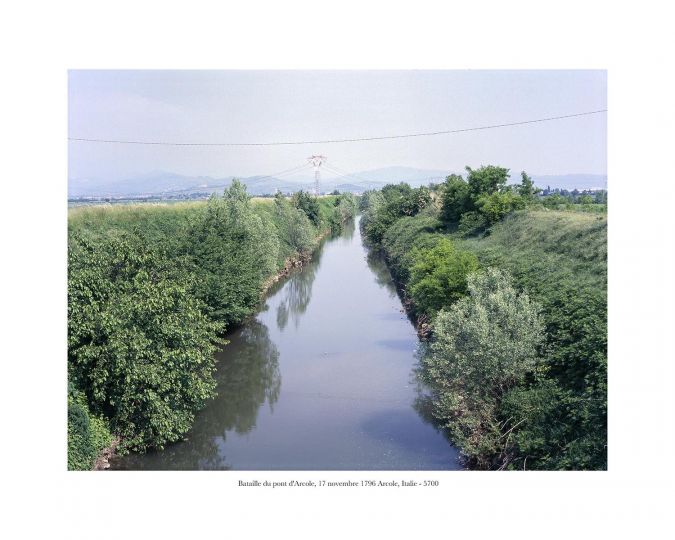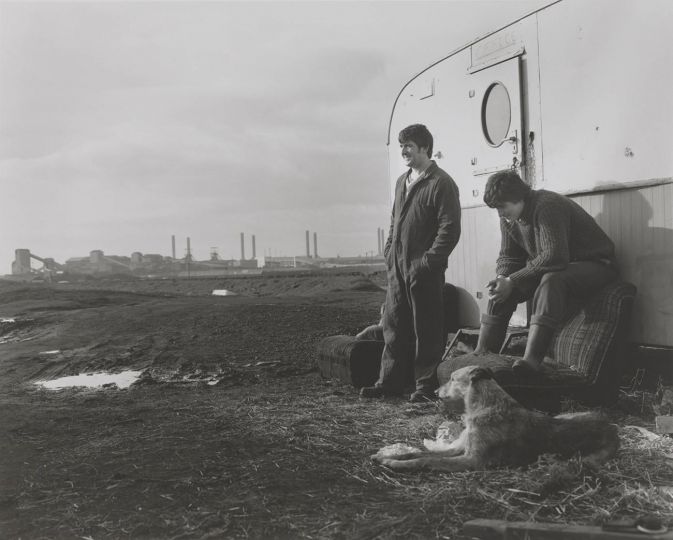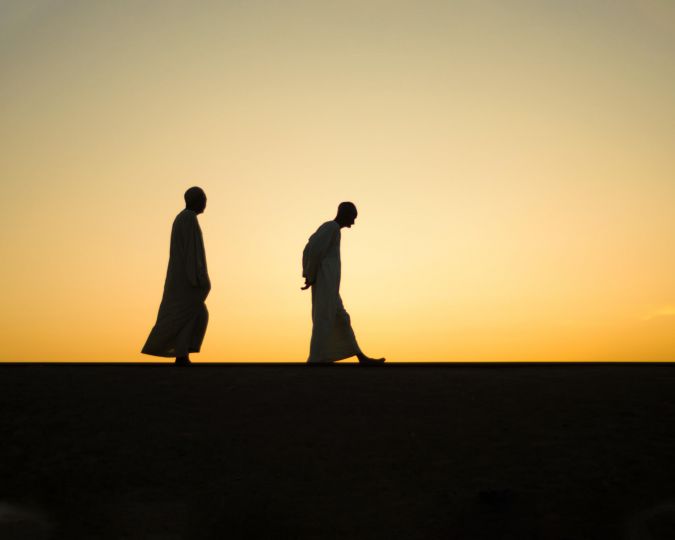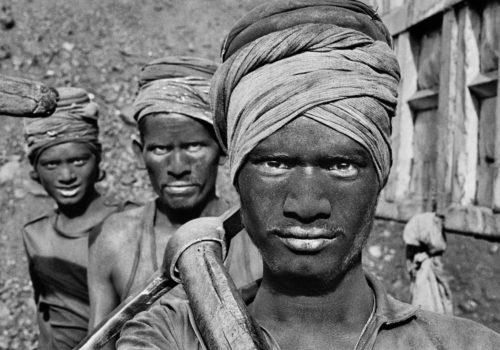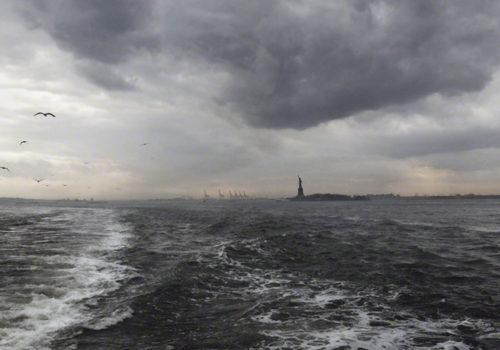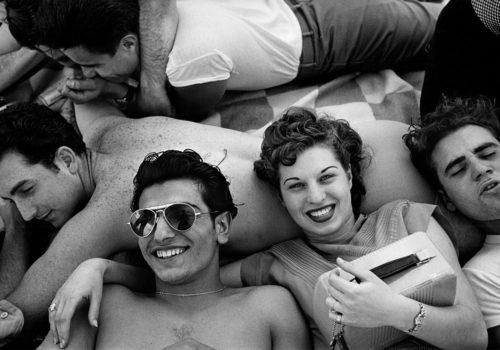Starting in the 1980s, photographer Catherine De Clippel began working with several anthropologists in West Africa, first in Mali, then in Togo and Benin. Together, they made more than fifteen documentary films around possession cults and therapeutic rites. Always accompanied during these shoots by her two cameras, Catherine De Clippel thus begins a photographic work on vodou, which gradually had a considerable importance in all of her work.
In January 2019, she was invited by the plastic artist Dominique Zinkpè, residing in Cotonou, to continue her photographic work and then returned to Benin. Her photographs, bordering on ethnographic documents, documentary photography and art photography, weave a complex, almost ambivalent relationship with rites, celebrations and actors of worship. While immortalizing them, she celebrates what, in her words, makes vodou unique: the unknowable, the non-visible.
The new book that the Maison des Sciences de l’Homme editions dedicate to the work of Catherine De Clippel brings together 80 photographs, taken between the end of the 1980s till today. Three texts accompany them: a first by museum curator and exhibition curator François Cheval, an interview with Catherine De Clippel, and the last one by anthropologist Jean-Paul Colleyn.
Catherine De Clippel, Photographier les vodous. Togo-Bénin, 1988-2019, Paris, Editions de la Maison des sciences de l’Homme, October 15, 2020.
Also available: Marc Augé, Jean-Paul Colleyn, Catherine De Clippel, Jean-Pierre Dozon, Vivre avec les dieux. Sur le terrain de l’anthropologie visuelle, Paris, Editions de la Maison des sciences de l’Homme, 2019 (book + 2 DVD including 5 films).

